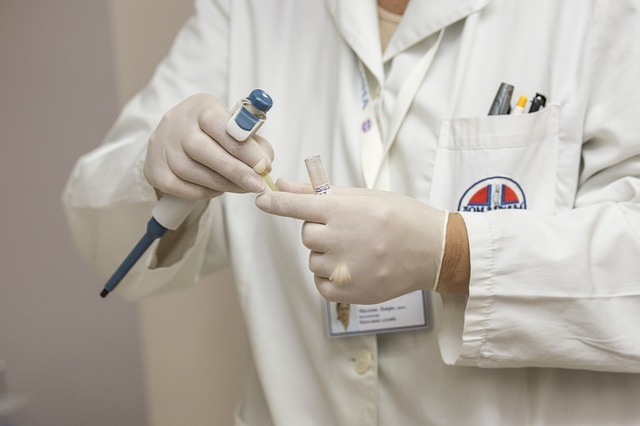
Sernova’s product showed initial safety, along with significant efficacy measures, including glucose stimulated C-peptide, insulin production, glucose control in the first study patient with type-1 diabetes and severe hypoglycaemia unawareness.
The data from the patient who received islet transplanted into Sernova Cell Pouch showed no incidences of adverse events related to the Cell Pouch implant, and the Cell Pouch was well-incorporated with vascularized tissue and enabled transplant of the purified islets.
The Cell pouch transplantation also resulted in reduction of body weight by 12%, stabilizing improvement in all glycemic control parameters as indicated by Continuous Glucose Monitoring (CGM).
Principal investigator of the study Dr. Witkowski said: “I am quite pleased with these interim results in the first implanted patient,” said Dr. Witkowski. “The first of two doses of islets transplanted into the Cell Pouch is showing safety and early indicators of efficacy.
“Importantly, demonstration of glucose-stimulated C-peptide and insulin present in the bloodstream is definitive proof of islet survival and function in the Cell Pouch. These results are an important first step towards a paradigm shift in the treatment of this debilitating disease. Our team is looking forward to reporting longer- term results in enrolled patients as the trial progresses.”
Sernova said that the phase I/II non-randomized, unblinded, single arm, company-sponsored trial is an approved protocol, where diabetic subjects with hypoglycemia unawareness enrolled into the study.
In addition, the primary objective of the study is to demonstrate safety and tolerability of islet transplantation into the Cell Pouch and the secondary objective is to assess efficacy through a series of defined measures.
Cell Pouches are implanted for the subjects and are stabilized on immunosuppression after the development of vascularized tissue chambers within the Cell Pouch.
A dose of purified islets is transplanted into the Cell Pouch under strict release criteria, and sentinel pouch is removed for an early assessment of the islet transplant.
The subjects are followed-up for additional safety and efficacy measures for approximately six months and a decision is taken on the transplant of a second islet dose with safety and efficacy follow-up.



